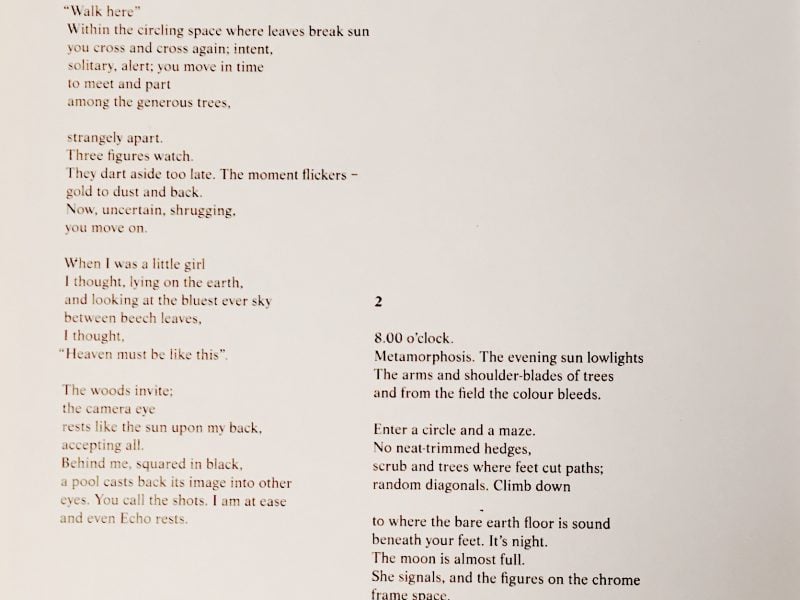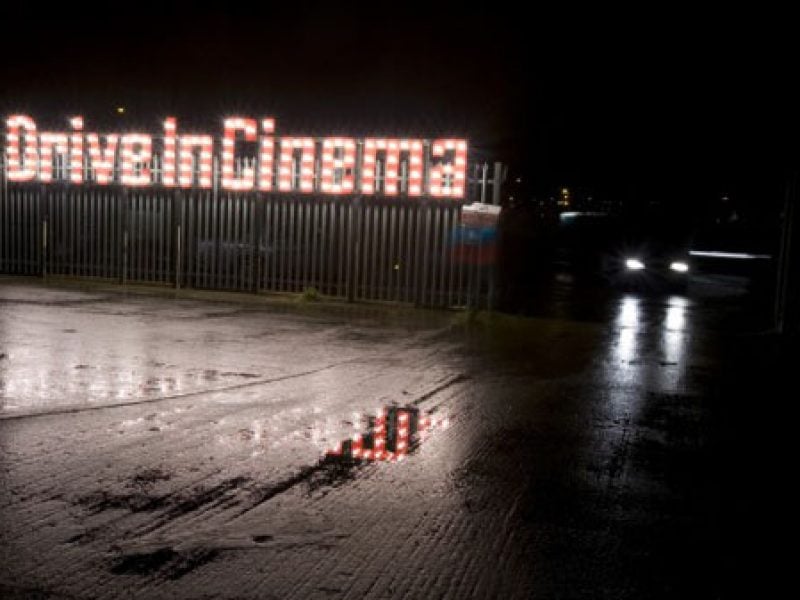TOMBOY is an art initiative which sparks minority discourse through video, performance and events. We focus particularly on digital media as a convo-filter and create physical/digital space(s) to nourish creative practices.
We also recognise the importance in shifting art traffic from London to non-London within the UK, and currently use the online realm to champion artists/pratices of colour, review ethnic cuisine and highlight current minority affairs (as a minimum) through digital channels.
Planet 2028 is an LGBT+-centric event which considers the shaping of queer futures through digital media and performance. This will be TOMBOY’s first public event, held in mid July at LUX, London. Viewers can expect an impactive and fabulous night of film, performance and illustration celebrating intersectional LGBT+ experiences.
Programme
Part I
Exhibition of illustrations
Catherine Paiano is a straight illustrator based in Surrey, England. Her work takes inspiration from history, unusual places and interesting narratives. She uses printmaking techniques such as screenprinting and monoprinting in her illustrations with a digital finish. Collaborators include: US Vogue, Ian Fleming Publishing, The Covent Gardner Magazine and JW3.
Part II
Screening of moving image works/short films
Tabita Rezaire is infinity incarnated in this lifetime as a French – of Guyanese and Danish descent – agent of healing. They use arts + sciences as healing technologies to serve the shift towards heart consciousness. Rezaire’s work is cross-dimensional and aims to reach the soul. Navigating architectures of power – mental, online and offline – their work tackles the pervasive matrix of coloniality, the protocol of energetic misalignment and their affects on our body-mind-spirits. They are particularly interested in the time-spaces where technology and spirituality intersect.
Within their practice, Ivan Monteiro looks very carefully at different symbols and images of femininity in history and social dimensions, creating new propositions on how to envision gender that could suggest both identification as well as disidentification at the same time.
Daniel Brathwaite-Shirley is not interested in making anything but work that centres the voices of QTIBPOC. Through their soundscapes, they become the foundations of each piece. Their video work mixes animation and footage – a crude manipulation of the two together, creating queer planes for our bodies to exist.
Born and raised in Bangladesh, Farhat Rahman is a queer, transgender filmmaker, political essayist and screenwriter whose work is entered around how peripheries of power impact LGBTQ folks of colour, particularly the ‘queering’ of Muslim temporalities.
Aisha Mirza is a writer and counsellor from East London, currently living in Brooklyn, NYC. They are interested in body hair, madness and race. They study the impact of microaggressions on the psyche of queer black and brown people. for a summary of their ideas about these things.
The interests of Somnath Bhatt are broad; ranging from multimedia and technology, to multilingual typography and traditional crafts. He likes exploring metaphors and tapping into the dynamism of liminal, peripheral, and intersectional spaces in art and design. Seeking the new in the old, and the old in the new is his favourite form of making.
Agil Abdullayev was born and raised in Baku, Azerbaijan. Their journey as an artist started from a cliché place of loneliness and depression in the first year of Computer Engineering at the age of 18, so they began to make paintings about love and their lovers, or loneliness as it would happen after they left them. Four years later, Abdullayev moved to Nottingham. In getting used to England, they became more interested in representations of identity, culture and politics. “…I never knew that I am allowed to make a social commentary about my country.”
Part III
Interactive live performance
A-B linear movement from one individual thing to the next individual thing, presented as the only right way, the straight and good way, is something Sandy Bhamra continually investigates and challenges. Their practice and performance in Planet 2028 are both invested in the power of surfaces and appearances in their queer, trans, brown body and the way that moves, and is moved, by people through the surface-world.

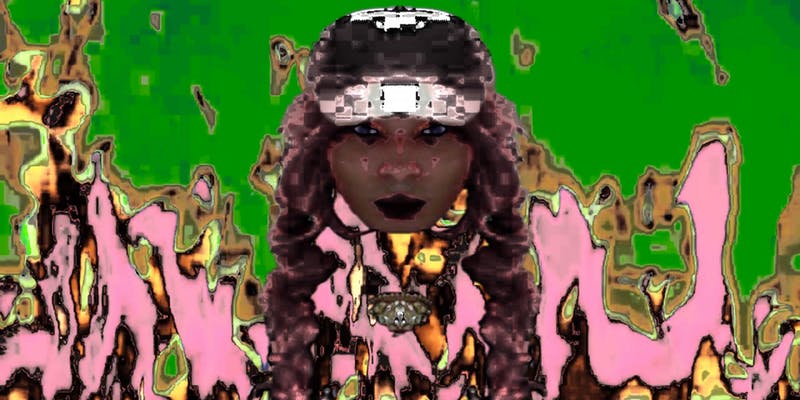
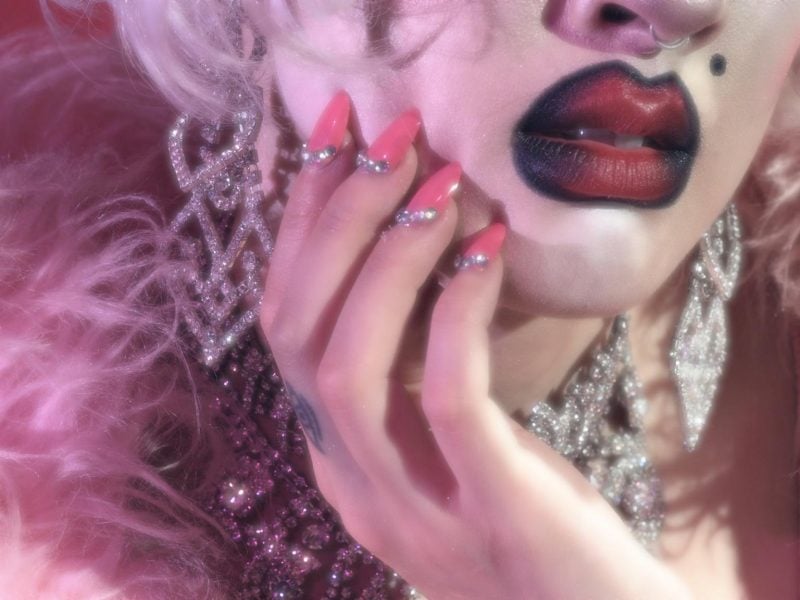
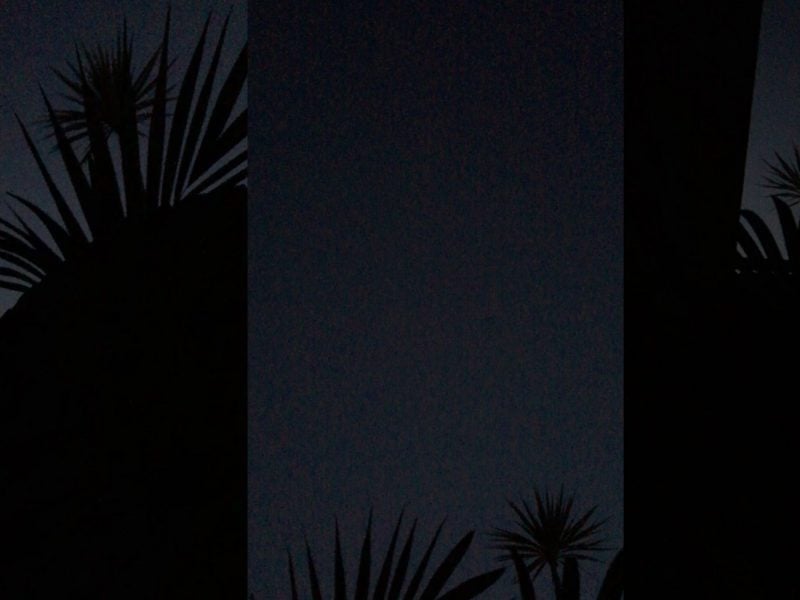 _II _I< _II _I" loading="lazy" />
_II _I< _II _I" loading="lazy" /> 